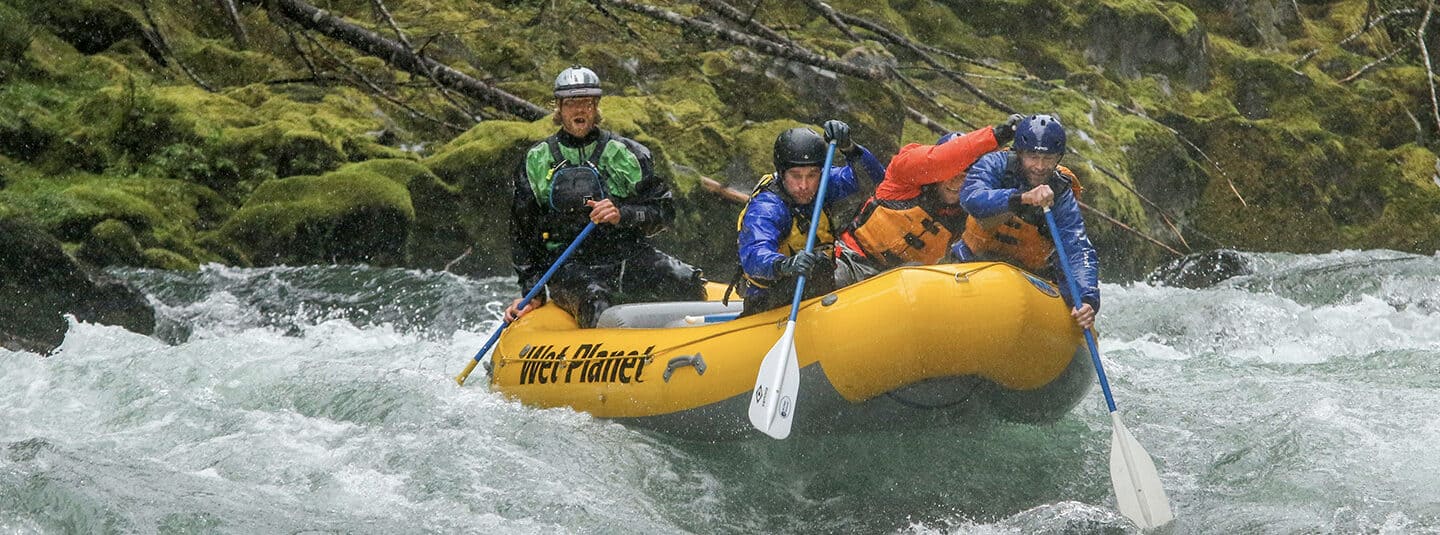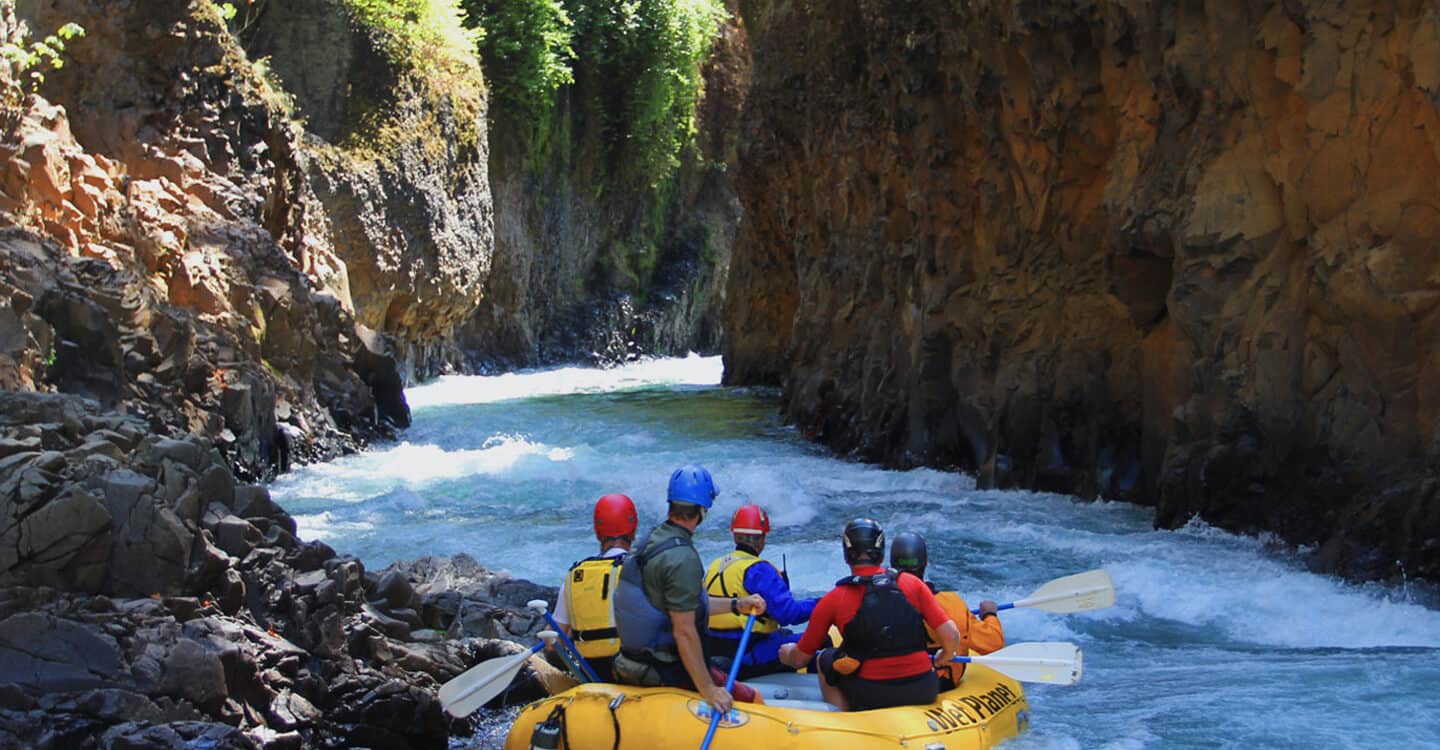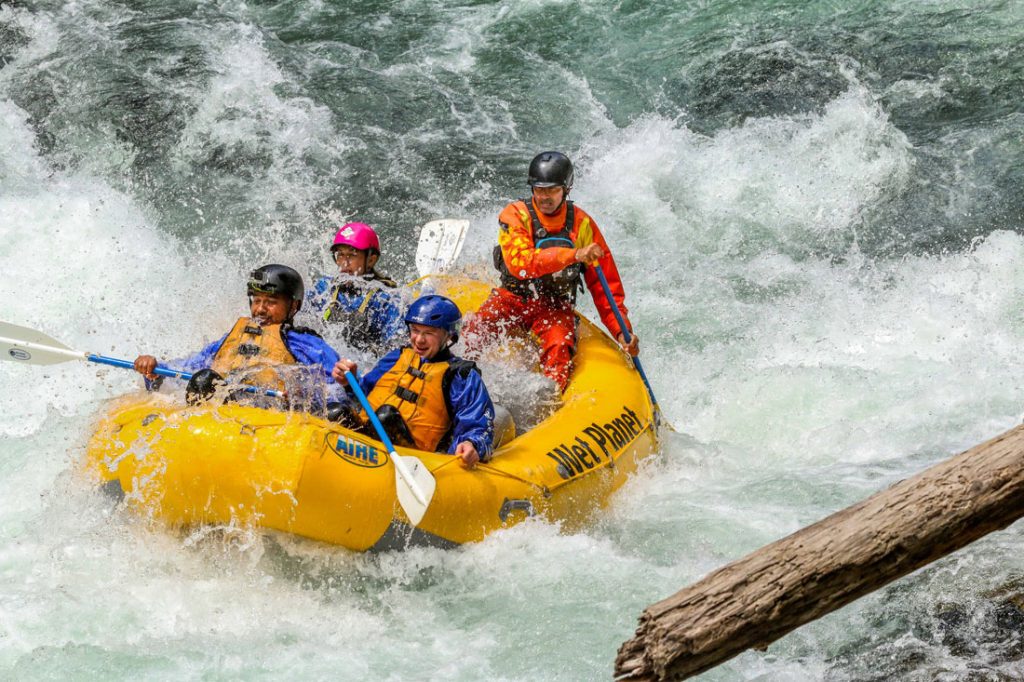
Experience.
There’s no substitution for experience when it comes to raft guiding, especially Class V whitewater. Meet our Class V Wind River raft guide team: Todd, Giani, Ethan, Jeff, Tyler, Nicole, Britt, Brian and Austin. When you read the team members’ profiles you can see we take experience very seriously. Reading up on our Wind River guide team, you’ll see that they have an average of 15 years of guiding experience. Combined, they have commercially guided more than 20,000 river miles, in sixteen states in the USA and more than nine countries around the world. That’s right, you don’t become a class V raft guide overnight. Not only do our Wind River guides have years of international experience, but each of them has been professionally trained in river rescue and wilderness first aid, most are certified Wilderness First Responders or Emergency Medical Technicians and a few of them teach river rescue courses and raft guide training throughout Wet Planet’s season.
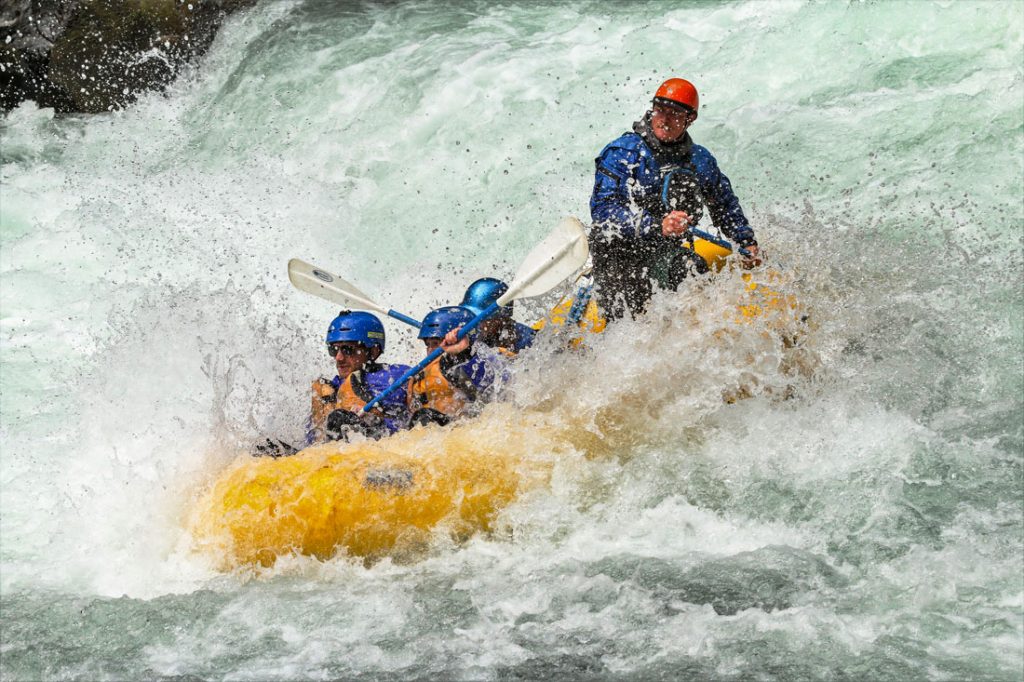
What makes years of well-rounded rafting experience so important? Whitewater rivers have constantly changing characteristics and features that are difficult to predict and anticipate. Wet Planet practices and carries out many techniques to mitigate and minimize risk involved with running difficult whitewater before and during each trip. However, only the most-skilled and experienced guides can anticipate, see and adapt to unexpected river features and maneuver where they need to be to consistently navigate difficult whitewater successfully.
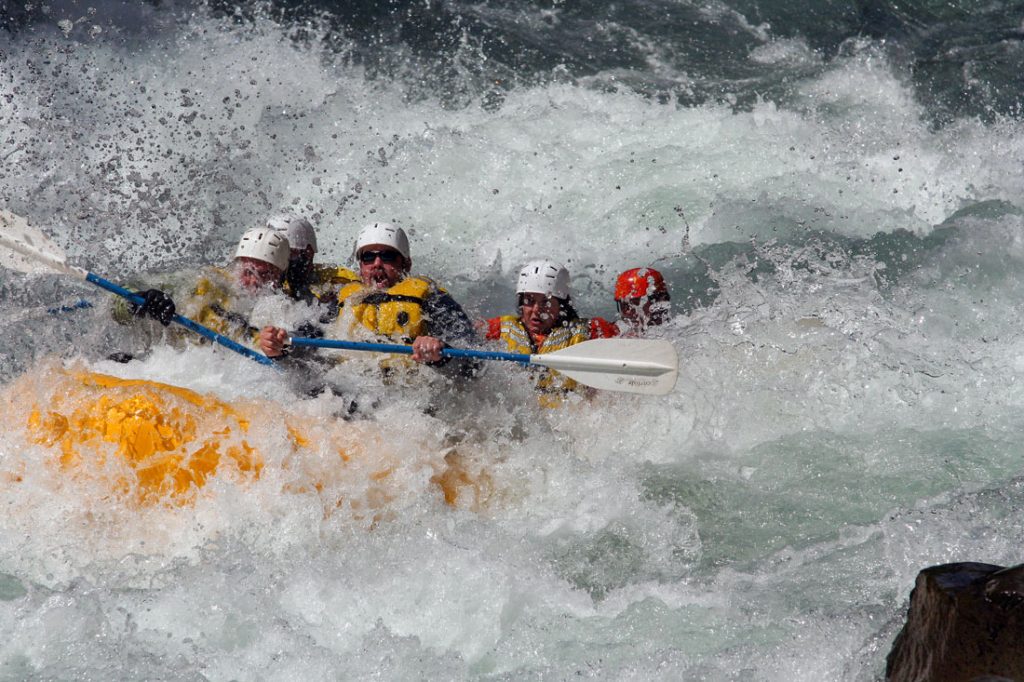
There are several features of Class V whitewater rivers that add to the difficulty of navigating those runs, but most important are the gradient, the physical makeup of the riverbed, and the water level or river flow. Gradient, the amount of elevation change in the river, creates steep rapids, ledges and drops. The makeup of the riverbed, the constriction of the canyon walls and the location of rocks along the riverbed create all of the channels, waves and holes that make up a rapid. The water level is the amount of water going through the river canyon. Some rivers are deep and rocks far below the water’s surface create big waves and holes. Some rivers are shallow and rocky, with many technical moves to make in order to follow small channels snaking between rocks and holes.
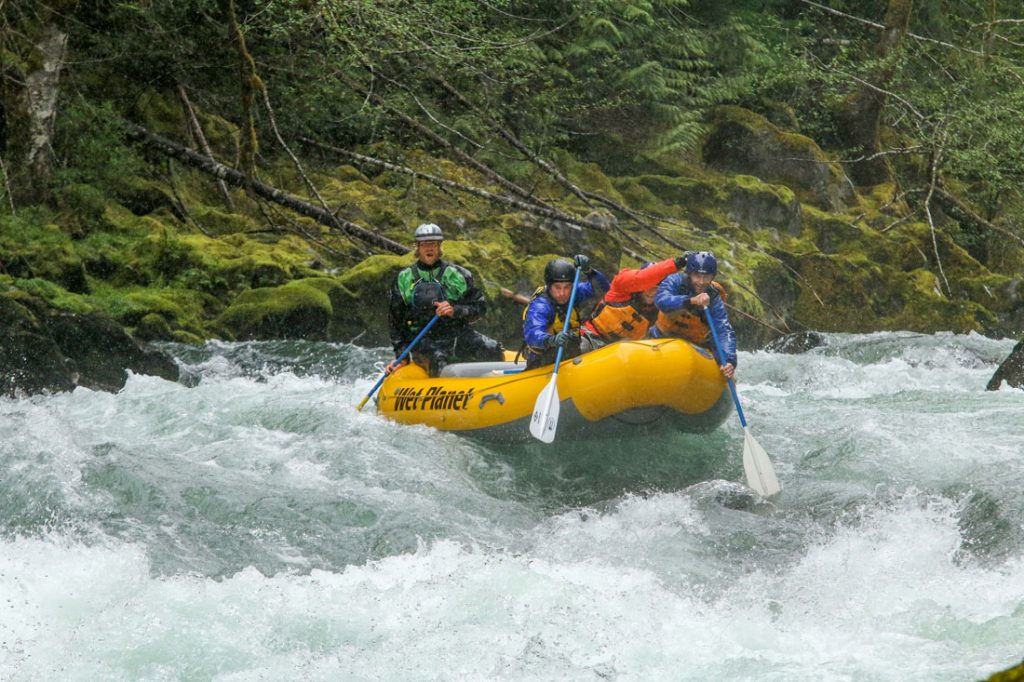
The Wind River combines many styles of river in one continuous stretch: it’s a high-volume river that has wider, shallower stretches as well as constricted deep canyon areas, and the whole stretch has lots of large boulders. The run includes long boulder gardens, and rapids full of car-sized boulders that divert the water in many directions. Because the Wind River is both high-volume and full of boulders, it makes for an excellent challenge for the guides and rafting guests.
Communication is key.
That’s where years of experience is necessary. Wet Planet’s guides are not just a rudder in the back of the boat, they are also expert communicators, and when the rapids get difficult the leadership of the guides helps their guests rise to proficiently paddle through chaotic rapids. When the guide and guests work in harmony, the raft cuts seamlessly through the technical boulder gardens of class V rapids and it’s quite a site to see, and even better to experience!
Are you 18 or older and have rafted the White Salmon River or another similar class III and IV river?
Click here to reserve a Class V Wind River rafting trip today.
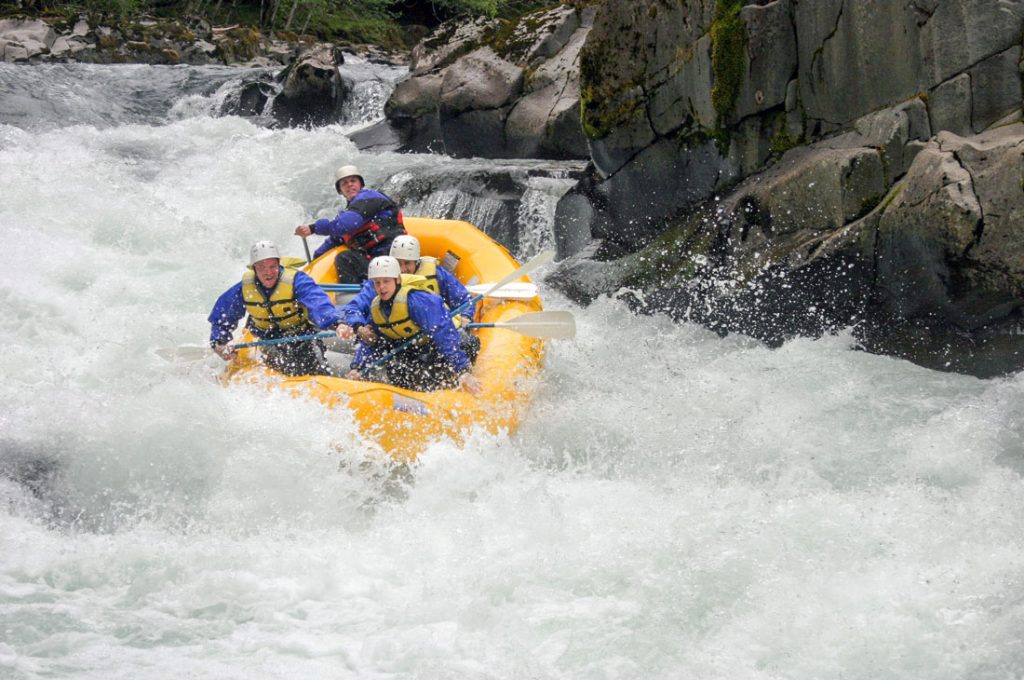
Author Mikey Goyette leads Wet Planet’s Marketing team. When he’s not in the office, you can find him in his kayak on the river, or on the river bank playing Spike Ball.
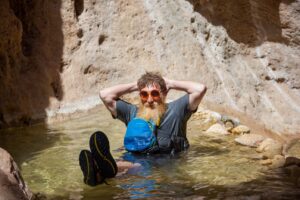
Mikey relaxing on a day hike in the Grand Canyon.

